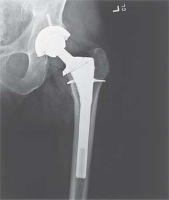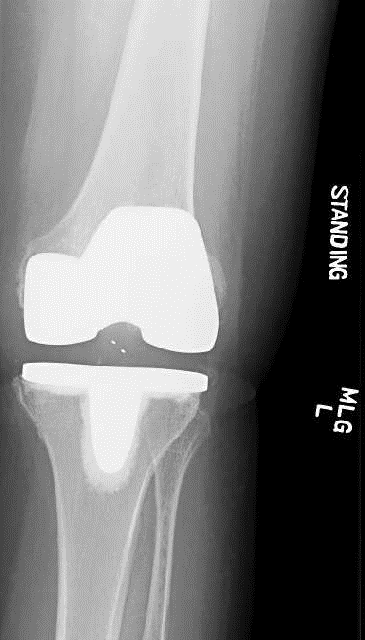What Is Elderly Patient (Geriatric) X-ray Examination?
- Elderly patient (geriatric) X-ray examination is an examination that involves elderly patients aged 65 years old and above
(http://www.hkrta.50g.com/Academicdoc/Geriatric.pdf). - Geriatric is a Greek word which means ‘old person’ (http://en.wikipedia.org/wiki/Geriatrics).
- Elderly citizens are always burdened with various type of chronic illness such as heart problem, cancer, and also stroke (http://www.hkrta.50g.com/Academicdoc/Geriatric.pdf).
How And Where Can I Get This Examination?
- When you visit your doctor, he/she will decide if you require the examination.
- If required, the doctor will make a request for the examination using the Radiology Examination Request Form.
- This examination is available in MoH hospitals.
When Is Elderly Patient (Geriatric) X-ray Examination Required?
Indications for elderly patient (geriatric) X-ray examination are: (http://www.cccnj.edu/uploadedFiles/ http://www.ncbi.nlm.nih.gov/pmc/articles/PMC2628843/):
- Respiratory system problems.
- Digestive system problems.
- Problems related to upper and lower limb joint infection.
- Cardiovascular system problems.
- Hepatic system problems.
- Genitourinary system problems.
- Musculoskeletal system problems.
- Neurologic system problems.
Picture 1 : X-ray images of the hip and knee joints of geriatric patient
Source : http://www.cccnj.edu/uploadedFiles/
Before the examination
- The radiographer will explain the examination. Accompanying person is allowed to listen to the radiographer’s explanation.
- Make sure you or the accompanying person are not pregnant or suspected to be pregnant. Please inform the radiographer if you are pregnant or suspected to be pregnant.
- Patient need to take out metal object such as watch and bangles on the hand to avoid image artifact.
- Radiographer will also explain whether the examination will be done in lying facing up, lying facing down or siting position.
- Patient may also be required to change into hospital attire if needed.
- Practice for breathing technique will also be given if necessary.
During the examination
- Patient is advised not to move during the examination.
- Breathing instruction may be required.
- Patient need to give full cooperation during the examination to avoid repeat examination.
- Immobilizers may also be used if necessary.
After the examination
- No special after care is required.
- Patient will be allowed leave after the examination.
- If you have any problem, please inform the radiographer on duty.
Examination Report
All images produced will be reviewed by radiologist and report will be prepared.
References
- en.wikipedia.org/wiki/Geriatrics
- www.cccnj.edu/uploadedFiles
- www.hkrta.50g.com/Academicdoc/Geriatric.pdf
- www.ncbi.nlm.nih.gov/pmc/articles/PMC2628843/
- www.ncbi.nlm.nih.gov/pubmed/19155363
| Last Review | : | 28 July 2017 |
| Writer | : | Mary Oommen |
| Accreditor | : | Daud bin Ismail |









